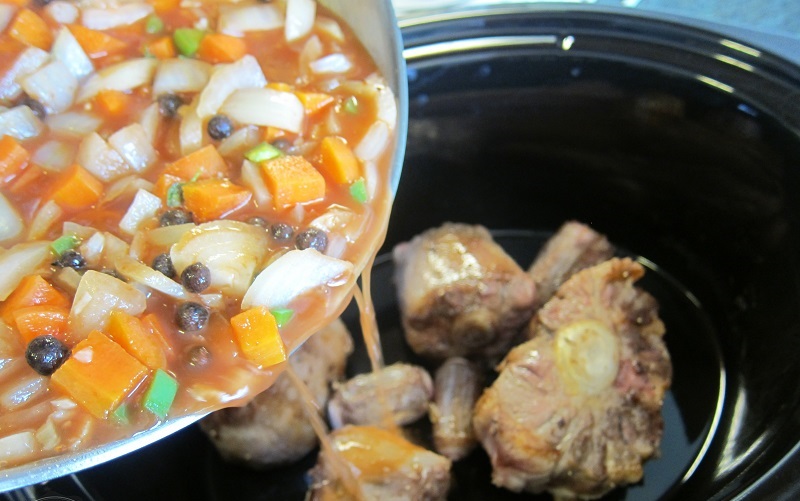You may have heard about the gluten-free diet on TV or read about it online. Some people think that it is healthier and claim that it helps them feel better while others claim that it helps them lose weight. But what actually is the gluten-free diet and how can it help you? For people with celiac disease, a gluten-free diet is essential to avoid adverse side effects. In fact, it is currently the only treatment for this condition. Individuals who experience an adverse reaction to gluten but do not have celiac disease can also benefit from a gluten-free diet. While in this condition the problems caused by gluten are not as severe as in celiac disease, in both cases it can be very beneficial.

When on this diet, wheat, rye, barley grains and any foods or ingredients derived from them must be excluded. This means no more bread, pasta, and baked goods made with gluten-contaminant flours. Also, sauces, soups, salad dressings and other processed foods that may contain small amounts of gluten-containing grains. It isn’t always easy to adjust to the gluten-free diet, but there are some tricks that can make it much simpler. Here are some of them.
Get Gluten Free Meals Delivered to Your Home
There will be times when you will get tired of cooking or just won’t have the time for it. When this happens, find a reliable company that has the option of having gluten free meals delivered to your home. Nowadays, there are many companies that offer such services and in many cases they can be the difference between you staying on track and breaking your diet because there was nothing you could eat at home. Thanks to these meal prep companies, you can get gluten free meals delivered to your home on a weekly basis. Plus, you won’t have to look for specific recipes and buy ingredients that are oftentimes rare to find. Find a reliable meal delivery service, choose a kit that best suits your needs, choose from their array of tasty dishes and enjoy your delicious gluten-free meals in the comfort of your home.
Plan Appropriately
Make sure you keep a stock of gluten-free food on hand, including gluten-free snacks – you may need them for times when you are away from home and unsure where you might buy something or what you will be able to eat. Also, cook in quantities and freeze leftovers as well as gluten-free baking goods, so you have them on hand when in the hush. Keep in mind that some meals are naturally gluten-free such as broiled fish or meat, plain potatoes, plain vegetables and rice. Keep a supply of gluten-free past on hand and when cooking, use a separate pot to boil it.
Be Patient
You will probably get overwhelmed by the challenge of eating gluten-free. In the beginning, it might seem that all the food you love to eat is forbidden on the diet and you will be unsure it is safe to eat anything. Take your time to start to feel comfortable with the diet and confident about your food choices. So don’t expect to get it all straight overnight.
